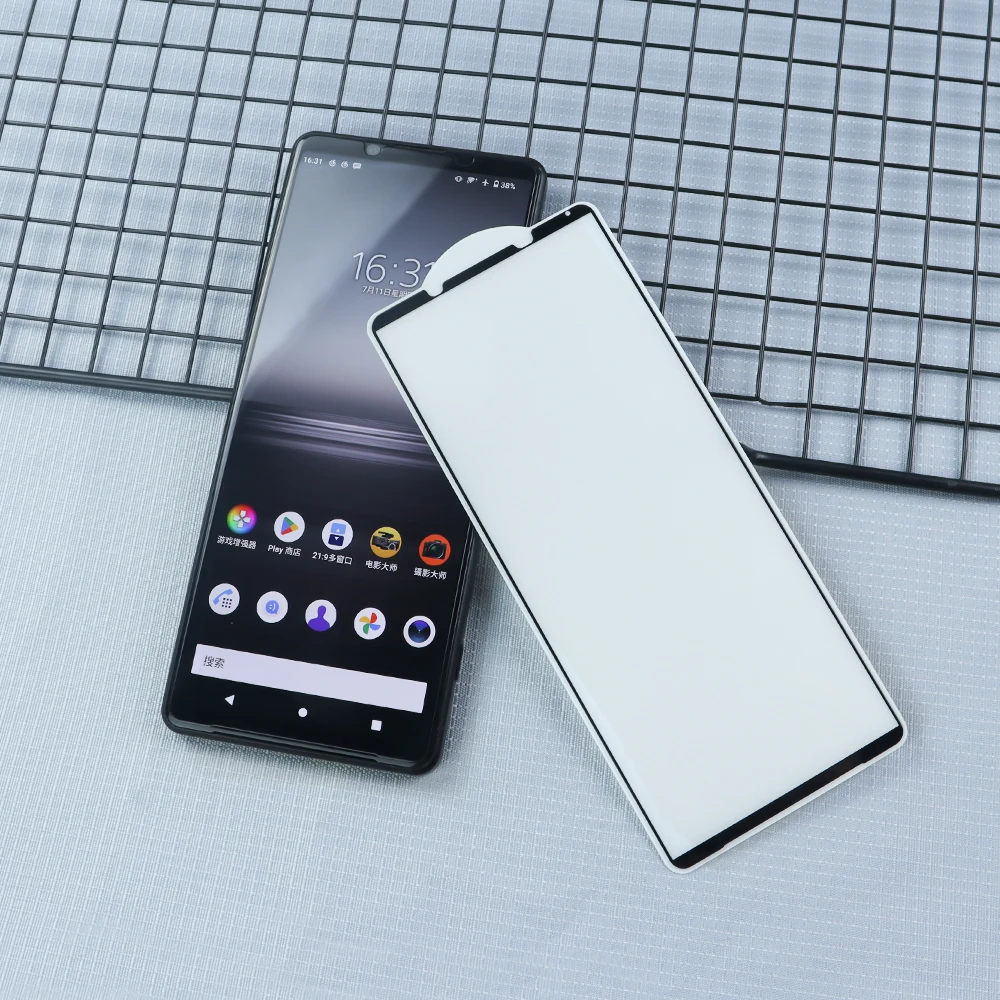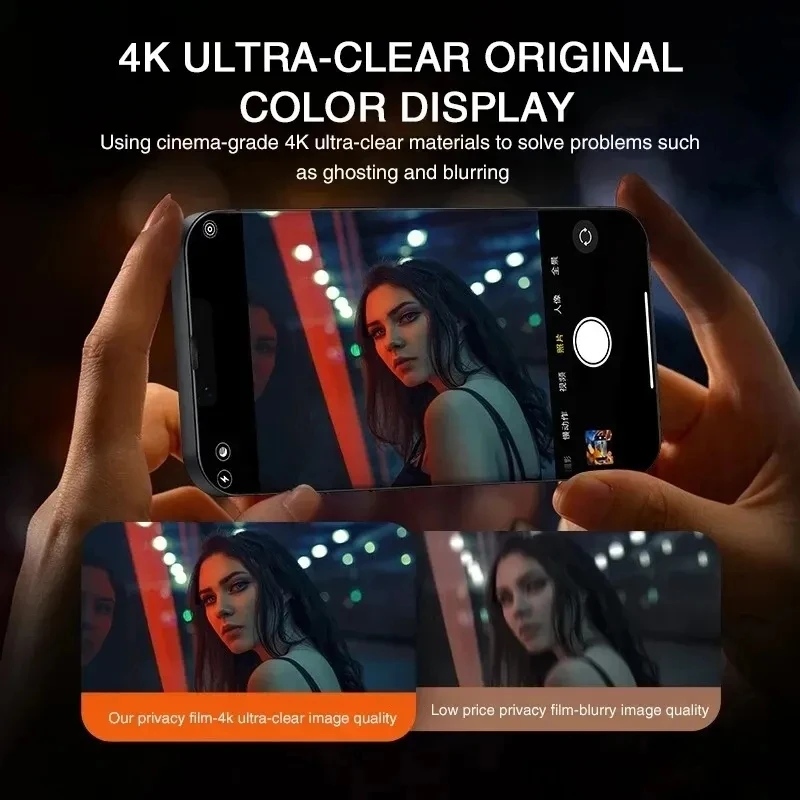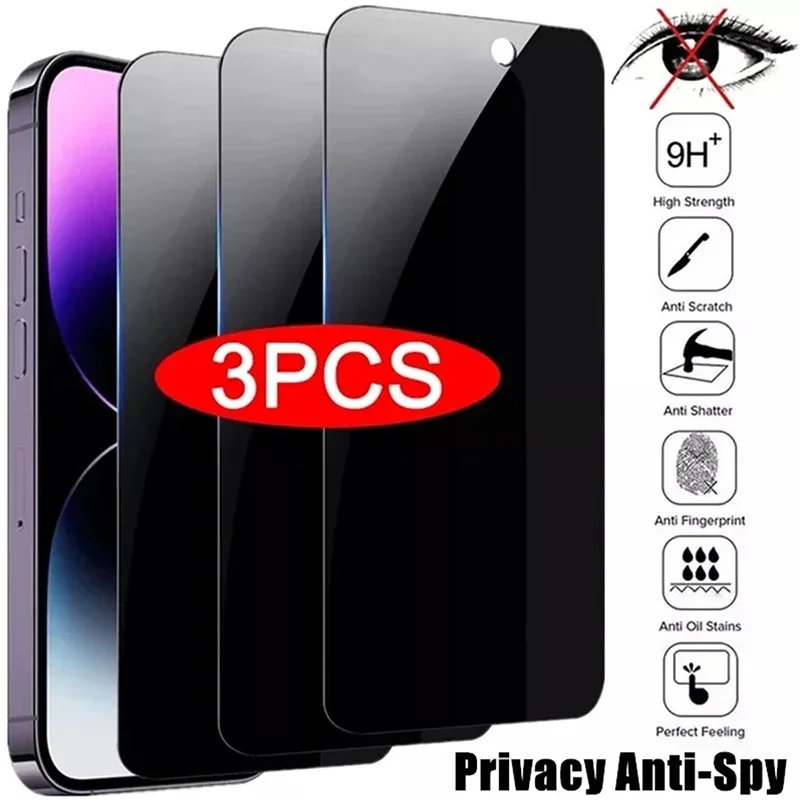In the age of smartphones and tablets, the need to protect our valuable devices has never been greater. One of the most effective ways to safeguard the screens of these devices is through the use of tempered glass screen protectors. But what exactly is a tempered glass screen protector, how does it work, and what are its benefits? This article delves into these questions, providing a comprehensive overview of tempered glass screen protectors, including their features, benefits, and common usage scenarios.
Understanding Tempered Glass
Before we dive into the specifics of tempered glass screen protectors, it’s essential to understand the material itself. Tempered glass is a type of safety glass that has been thermally or chemically treated to increase its strength compared to regular glass. The tempering process involves heating the glass to high temperatures and then cooling it rapidly. This process creates a balanced internal stress that significantly enhances its durability. As a result, tempered glass is less likely to shatter than standard glass upon impact. In fact, if it does break, it shatters into small, blunt pieces rather than sharp shards, reducing the risk of injury. Given these properties, tempered glass is often used in a range of applications from car windows to shower doors, and—most relevant to our discussion—screen protectors.
Due to its incredible strength and safety features, tempered glass has become the go-to choice for screen protectors. Unlike plastic film protectors that can scratch easily and degrade over time, tempered glass offers a robust layer of protection while maintaining clarity. This durability doesn’t come at the expense of usability; high-quality tempered glass receives coatings that enhance touch sensitivity, allowing for smooth interaction with your device’s screen. Additionally, by retaining a slim profile, tempered glass protectors add minimal bulk, still allowing for easy storage in pockets and bags.

Key Features of Tempered Glass Screen Protectors
Tempered glass screen protectors have several key features that make them highly effective for protecting your devices. First and foremost is their hardness. Most tempered glass protectors have a hardness rating of 9H on the Mohs scale, which means they can withstand everyday stresses like scratches, drops, and impacts better than standard glass or plastic protectors. This level of hardness is particularly important in protecting screens from objects like keys or coins that may scratch or damage an unprotected surface.
Another significant feature of tempered glass screen protectors is their clarity and transparency. Many users are concerned that attaching a screen protector will impede the display’s brightness and color accuracy. High-quality tempered glass screen protectors are designed to maintain the original screen resolution and color fidelity, which means that you won’t have to sacrifice visual quality for protection. Some even come with anti-glare coatings, reducing reflection from sunlight or artificial light sources, thus enhancing visibility and user experience.
Tempered glass screen protectors also often come with oleophobic coatings that repel fingerprints and smudges. This means that the surface remains cleaner for longer periods, requiring less frequent cleaning. In addition to that, many models are designed to be easy to install. Most kits come with installation frames or guides, ensuring that users can apply the protector without dust or bubbles interfering with the protective layer’s effectiveness. This ease of installation is particularly appealing for individuals who may be hesitant about applying screen protectors themselves.

Benefits of Using a Tempered Glass Screen Protector
The primary benefit of utilizing a tempered glass screen protector is the added layer of protection it provides against accidental scratches and cracks. Smartphones, tablets, and smartwatches often experience drops, bumps, or brushes against sharper objects that can lead to screen damage. By incorporating a tempered glass protector, you can significantly reduce the likelihood of navigating expensive repairs or replacements.
Another important advantage is the improved resale value of your device. Potential buyers will recognize the benefits of a well-maintained screen, and a device that has been shielded by a tempered glass protector appears more attractive and appealing. In today’s consumer landscape, where many people seek to upgrade their technology regularly, maintaining the condition of your device can yield better financial return when it comes time to sell or trade it in.
In addition to physical protection, tempered glass screen protectors can offer peace of mind. Anyone who has experienced a cracked screen knows the irritation and frustration that come with using a device that is damaged. Having a tempered glass screen protector in place not only minimizes the risk of breakage but also reduces stress regarding the day-to-day handling of a device that’s prone to accidents. For parents, business professionals, and anyone who tends to be rough on their gadgets, a tempered glass protector is a wise investment for both comfort and security.
Common Usage Scenarios
While the use of tempered glass screen protectors is prevalent among smartphone users, they extend to a wider audience. Tablets are another common application. Whether for work or leisure, tablets frequently use for tasks that require interaction—drawing, note-taking, streaming—making their screens susceptible to wear and tear. A tempered glass protector not only shields the visual surface but also enhances the tactile experience of using the tablet, ensuring that your everyday functions remain unaffected by potential damage.
Sports enthusiasts and outdoor adventurers also benefit vastly from using tempered glass screen protectors. For those who engage in activities like hiking, cycling, or running, smartphones often face rougher conditions, including dust, dirt, and moisture. Tempered glass not only protects against hazardous elements but also can resist scratching from nature’s vulnerabilities. Keeping your screen in pristine condition while navigating rugged environments is essential for users looking to maintain their devices over time.

Installation Process of Tempered Glass Screen Protectors
Installing a tempered glass screen protector might seem daunting, but it is usually straightforward thanks to the design and inclusivity of installation kits. For the best results, start by gathering all your materials, including the screen protector, an alcohol wipe or cleaning solution, a microfiber cloth, and possibly a dust removal sticker.
Begin by cleaning the screen thoroughly using the alcohol wipe, removing fingerprints, dust, and smudges. Next, use the microfiber cloth to ensure the screen is completely dry. If there are remaining dust particles on the screen, use the dust removal sticker to gently pick them up. Proper preparation is crucial for successful installation; any debris can create unsightly bubbles or affect adhesion.
Maintenance and Care
Although tempered glass screen protectors design to withstand various forms of damage, regular maintenance will help prolong their lifespan and effectiveness. Keeping the screen protector clean will enhance not only its clarity but also its sensitivity. Maintenance can be as simple as using a soft microfiber cloth to wipe away smudges and fingerprints. Avoid using abrasive materials or harsh chemicals, as these can scratch or degrade the protective layer.
In case your screen protector does get damaged, whether from impacts or wear and tear, it’s essential to replace it as soon as possible. Cracks or chips can undermine the integrity of the screen, making it more susceptible to damage. Thankfully, changing a tempered glass protector is usually an easy task and doesn’t require any professional assistance.
Cost Considerations
Investing in a tempered glass screen protector is relatively affordable compared to the potential costs associated with screen repairs or replacements. Prices often vary depending on the brand, features, and the specific model designed for your device, but quality protectors typically range from $10 to $50. This minimal investment can save you hundreds in the event of a cracked screen.
Moreover, consider the long-term advantages of using a screen protector. The amount saved on repairs can quickly exceed the initial purchase cost of the protector, making it a financially sound decision. Additionally, many manufacturers offer warranties, which provide extra security for your investment.
Conclusion
In summary, a tempered glass screen protector is an essential accessory for anyone looking to prolong the life of their mobile devices. With exceptional strength, clarity, and ease of use, these protectors offer an unbeatable level of defense against everyday hazards. By exploring the many benefits, features, and installation tips provided in this article, you can make an informed decision about investing in a tempered glass screen protector for your devices. After all, safeguarding your technology is not merely about protection; it’s about enhancing your overall user experience and preserving the functionality of one of your most important consumer items.


